Although I saw Best in Show first, Waiting for Guffman was the first Christopher Guest film that I really loved. I adored the characters and was awed by their endlessly quotable (and mostly improvised) lines; I cackled at the painfully grating auditions and thoroughly enjoyed the total absurdity of Red, White and Blaine. The fictional town of Blaine, Missouri also felt weirdly familiar to me. I grew up in a small Midwestern town that, in some ways, resembled Blaine and its inhabitants. Additionally, like many of the characters in this film, I’ve been performer for most of my life, so when I saw Waiting for Guffman at 16, I was already accustomed to emotionally explosive choir teachers, histrionic theater directors, and overzealous performers.
If you need a refresher, Waiting for Guffman tells the story of a small town in Missouri that is hosting a celebration to commemorate the town’s 150th anniversary. As part of that celebration, they’ve commissioned the high school musical director, Lloyd Miller (Bob Balaban), and the drama teacher, Corky St. Clair (Christopher Guest), to put on a production of Red, White and Blaine, a musical that tells the story of the town’s history. The main cast is made up of regular townspeople: one works at Dairy Queen, one is a dentist, and two are travel agents, but as banal as their jobs sound, their personalities are quite the opposite. As the cast prepares for their performance, they are elated to learn that an influential Broadway producer, Mort Guffman, is flying in to see the show, leading them to believe they have a chance on Broadway.
It might seem bizarre or even impossible, but much of what you see regarding the world of performing in Waiting for Guffman is very real. Sure, it’s a bit exaggerated at times, but not as much as you might think. (For instance, a friend of mine was convinced the first draft of her musical was going straight to Broadway after a single performance for an audience of family and friends—not unlike Corky St. Clair and the cast’s hopes for Red, White and Blaine.) But all the unrealistic expectations, hyper-emotionality, and eccentricity aside, being a performer can be quite exhilarating and is usually a lot of fun.
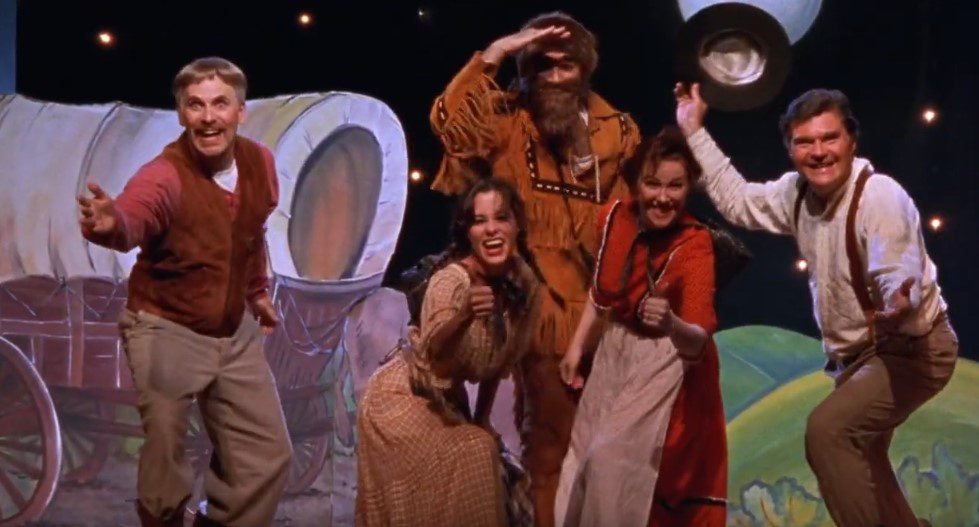
For the Love of the Amateur
When I started toying with the idea of writing about Waiting for Guffman, I kept thinking of the word “amateur.” The word is frequently used to imply that someone lacks skill, expertise, or formal training, but the word’s etymology reveals another definition: part of its Latin root, “amat,” meaning “loves,” articulates a much less pejorative meaning. Therefore, if someone is an amateur, it means they’re a nonprofessional who engages in an activity simply for the pleasure of doing it. Be it cooking, crafting, sports, or an artistic pursuit, they do it because they love it, and they do it regardless of public recognition or financial success.
Prior to writing this article, I thought of Waiting for Guffman as a mockumentary, but after revisiting it, I’ve changed my stance. I’ve also begun to rethink this categorization of Guest’s films after I learned Guest himself has rejected this descriptor. Initially, I didn’t understand why he would reject such a label; aren’t movies like Best in Show, Waiting for Guffman, and A Mighty Wind about the inherent ridiculousness of people (with very little self-awareness) pursuing their passions to the extreme? Weren’t the characters all, in some way, being mocked? Maybe, but maybe not.
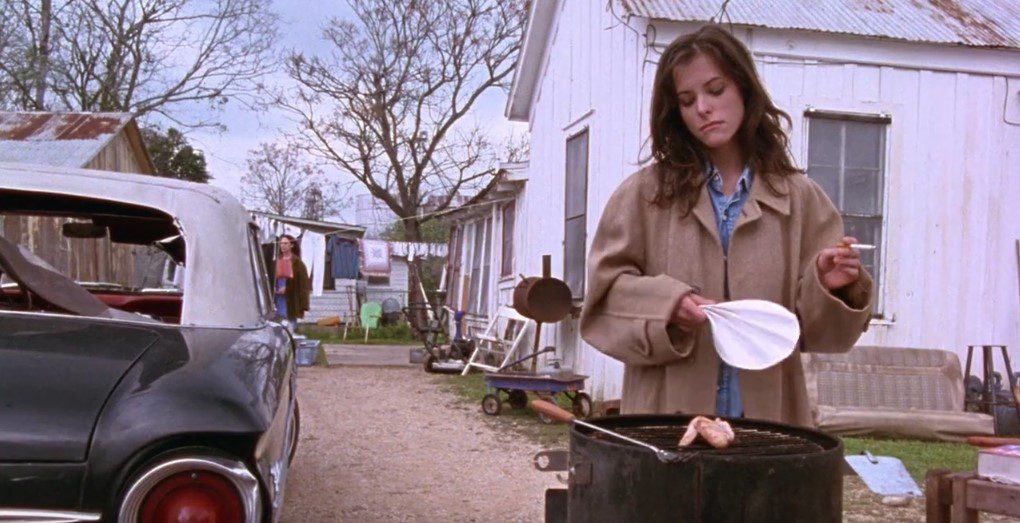
As funny (and ridiculous) as its characters are, I don’t think the overall aim of Waiting for Guffman is to depict community theater actors as dense, melodramatic, or unskilled. All of that is there to some degree, but I think the underlying message of this film is about doing what you love and doing it regardless of accolades, fame, or even talent.
When it comes down to it, we-the-audience recognize and laugh at the sheer awfulness of the cast, especially during the performance of Red, White and Blaine: Sheila (Catherine O’Hara) makes cartoonish faces and yells every one of her lines; Libby Mae (Parker Posey) is overly enthusiastic, awkward, and also very loud; Allan (Eugene Levy) is physically uncoordinated, and his eyes have a mind of their own; Ron (Fred Willard) is campy, cheesy, and overly self-assured; Corky St. Clair is perhaps the worst offender, being unaware of himself in almost every way. The stage sets are flat and clunky, and the show obviously had no budget (even though Corky did request $100,000 from the city council. After being rejected he utters one of his most memorable lines, “I’m going home and I’m gonna bite my pillow is what I’m gonna do!”)
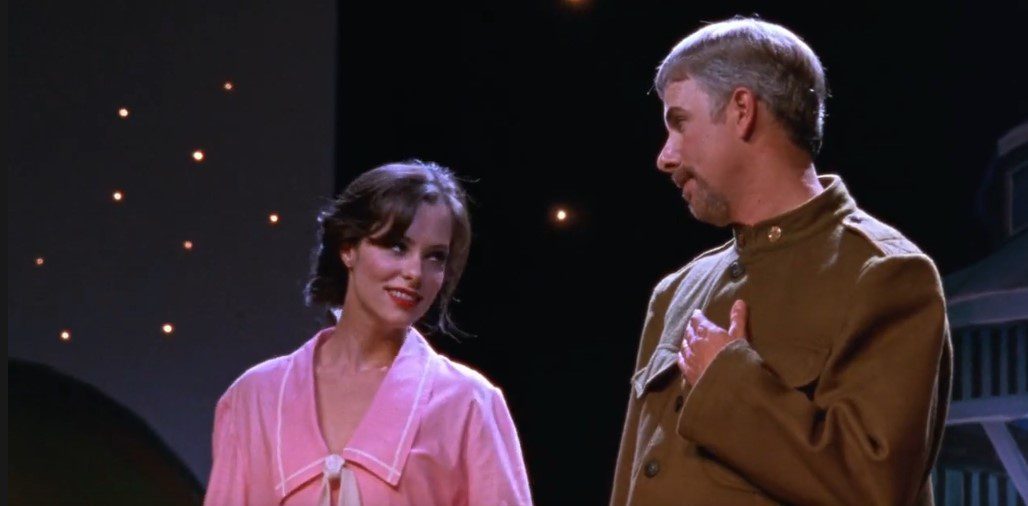
But for all of their hilarious awfulness, I’m left with only one thought: they’re performing anyway. They aren’t good singers, dancers, or actors and they clearly lack the ability to assess their own skills, but dammit, they’re up there! They’re singing and dancing on stage, and we’re not. Even if they’re performing poorly, they’re unselfconsciously enthusiastic and they’re having fun. Their unbridled joy is infectious and, as Paul pointed out, when we observe an audience’s excitement and delight, we share in their excitement and delight. Red, White and Blaine was never going to Broadway, but who cares? There is magic in the eyes of that crowd; isn’t that all that matters?
Letting Go, Moving On
After the performance, the cast learns that Mort Guffman, the producer from New York City who represented the promise of stardom on Broadway, never made it to Blaine due to bad weather. Another man, Roy Loomis, sat in Guffman’s unoccupied seat, and during the show, the cast had projected all their hopes and dreams onto him. When the cast realizes that Guffman was never there, they are dejected; they finally acknowledge the brutal reality that their beloved show is going nowhere. And then, they move on.
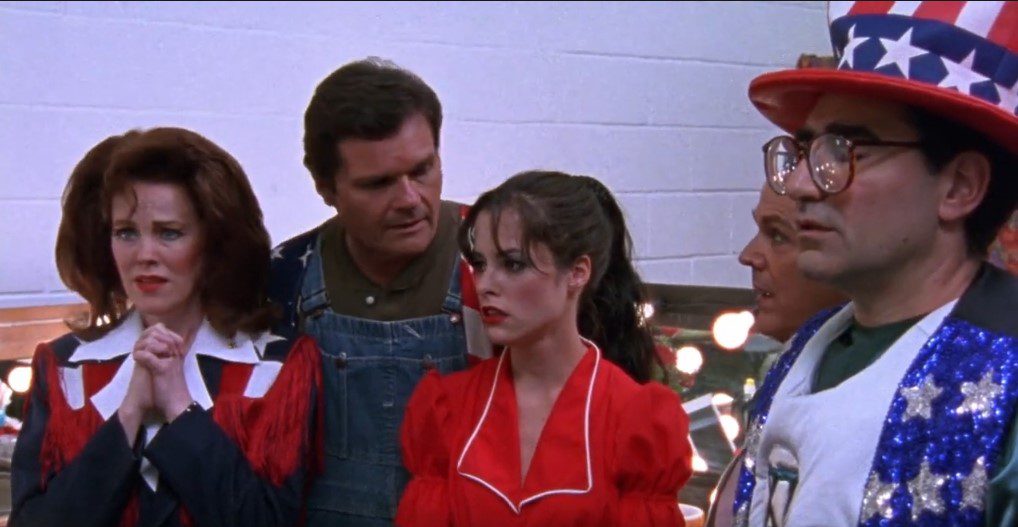
Three months after the show ends, Ron and Sheila move to Hollywood, still chasing stardom. They’re working as unnamed extras for a cowboy boot advertisement (Ron says, “We consider ourselves bi-coastal, if you consider the Mississippi River one of the coasts.”). They have no car, are still not famous, and their disappointed expressions tell us they are slowly coming to terms with how tough it is to catch a break in Hollywood. But even if they end up back in Blaine, at least they tried.
Allan moves to Miami Beach, where he is performing Yiddish showtunes at a nursing home for a small crowd of white-haired female octogenarians—and he’s having a blast. In his final interview, Allan, newly tanned and wearing a turquoise floral print shirt, says, “I have to entertain. You have to go where you are needed, you have to go where the crowds are, and you have to go where the love is.” He smiles as he says this, and he’s almost glowing. Allan is a true amateur; he loves to perform and must entertain whenever possible. His crowd is sedated and unresponsive, but he’s still sings his heart out.
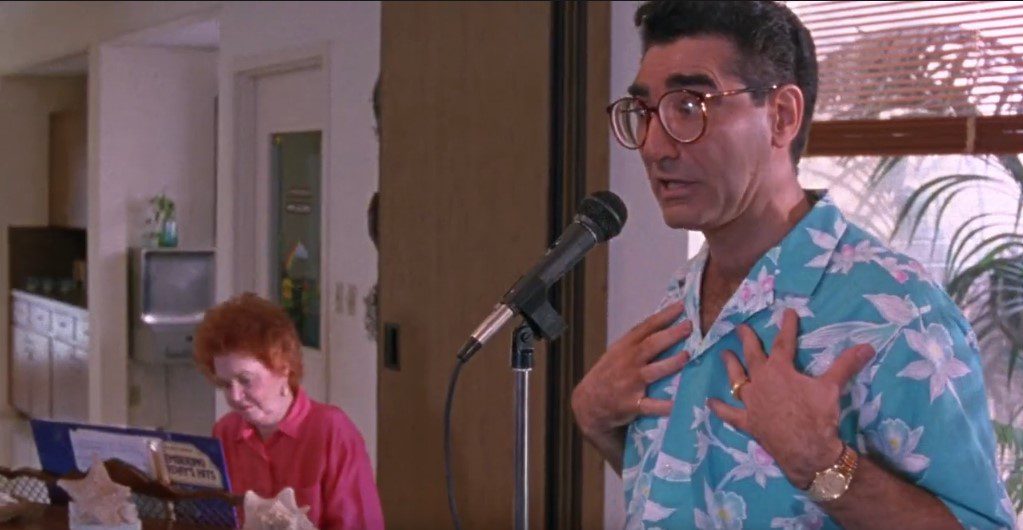
Libby Mae moves to Sipes, Alabama, happily at home in another Dairy Queen. She lives with her father, who was recently released from prison. She says, “He was ‘sposta be in there for 10 years but I guess since he didn’t kill anybody, and just ruined some property, they let him out after 5.” She wants to make a “healthy, low-fat or nonfat, um . . . healthy, blizzard.” This is probably the most excited (if you can call it that) we see Libby Mae outside of the play. Maybe she’ll convince the DQ to market some of her culinary creations; maybe she won’t. But I hope she tries.
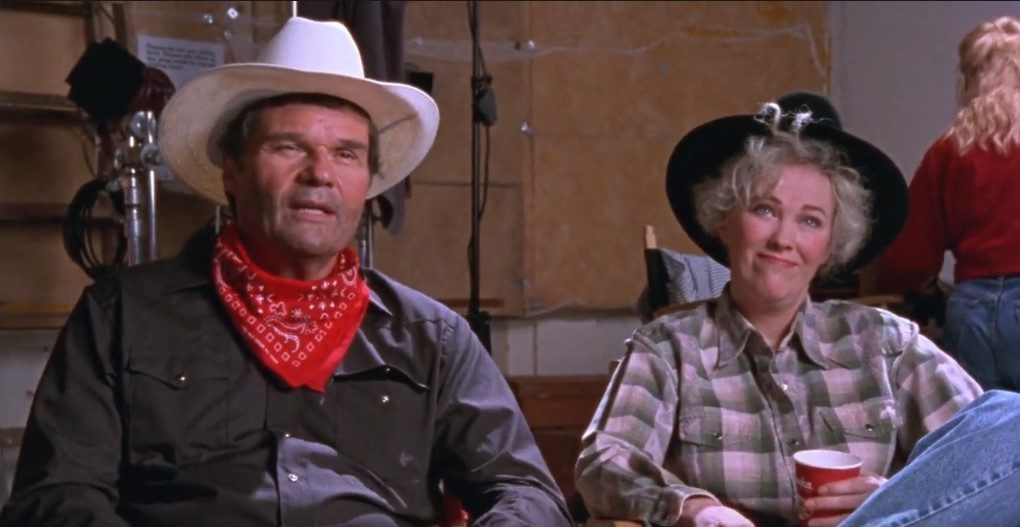
And finally, Corky St. Clair returns to New York City. He runs a memorabilia store which sells his “show business treasures,” including a My Dinner with Andre toy set and The Remains of the Day lunch boxes. Corky is still chasing his dream, and although we can see, based his sad attempt at a cockney accent (“Ello, ow are ooh?”) that he won’t be cast in My Fair Lady anytime soon, it’s strangely encouraging to know that he returned to New York City, even if fame and success will always elude his grasp.
The epilogue to this film is, admittedly, a little somber. The cast has had their collective dream shattered, and they are forced to sort through what remains and make the most of it. In a way, this feeling reminds me of growing up. As a young artist, you have certain ideas about how you “should be” in the world, but as you age, you learn that things are infinitely more complicated than you originally thought. But they are also more fluid and more dynamic, and the longer you keep at it, the more you realize that there are innumerable other opportunities outside of just “getting famous.” Be that as it may, letting go of any dream is both sobering and undeniably painful—at least at first.
The Courage of Just Doing It
I think Waiting for Guffman is really about doing what you love regardless of success, fame, or recognition; if you love it, don’t overthink it, just do it. And if you’re aiming for recognition or fame, you’ll have a much better experience if you set realistic expectations, which is another theme of this film. The cast obviously enjoyed rehearsing for and performing Red, White and Blaine; they only felt disappointed when they learned that Guffman was never there. Even though they imagined Roy Loomis was actually Mort Guffman, I think they would have performed just as bombastically and had just as much fun if his chair had remained empty.
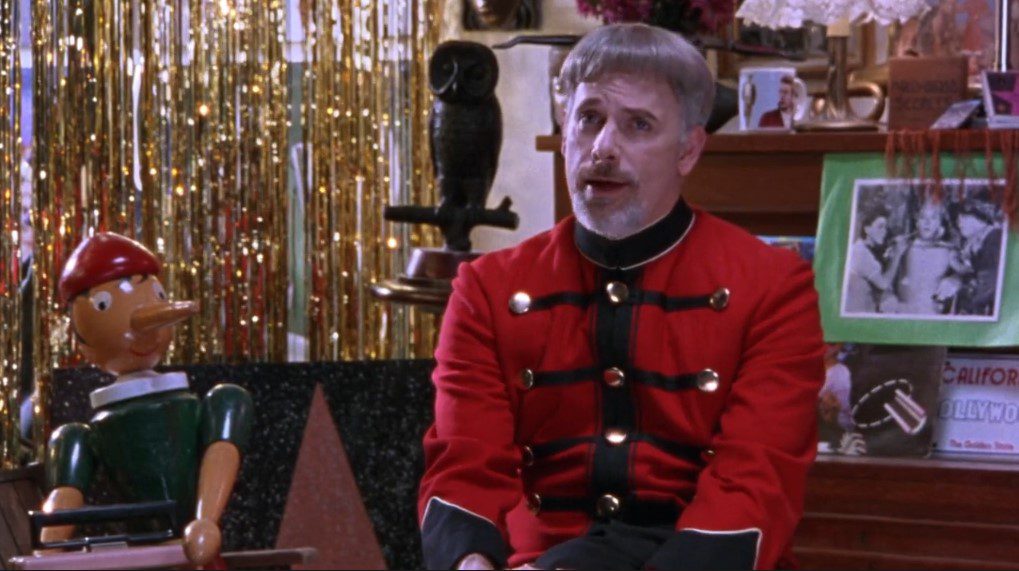
In a way, I am championing amateurs. The world of social media is dominated by user-created audiovisual content, and it is all too easy to judge and criticize the millions of singers, dancers, comedians, musicians, and artists who share their work online. But even still, putting one person down is like putting all of them down. We each have a right to express ourselves and to practice whatever instrument, skill, or sport we’d like, whether or not we’re any good at it (well, as long as you aren’t seriously injuring yourself or anyone else in the process). Of course, not everyone is meant for Broadway or the Superbowl, but comparing yourself to world famous individuals is not a healthy or wise choice.
I often think of a statement made by the 20th century thinker Jiddu Krishnamurti in which he suggested that comparing one person with another is a form of violence. The idea is worth contemplating; if you compare yourself with someone else, either you or the other person will inevitably get put down in the process. Even in the realm of thought, this is a form of harm. So why compare? And why not let the Corky’s and Sheila’s and Allan Pearl’s of the world do what they want in peace?
Waiting for Guffman isn’t mocking anyone. Really, this film is like a window into the private and public joys of people who never quite grew up. And these people are willing to take risks and look foolish for the sake of their dreams. What could be more courageous than that?



